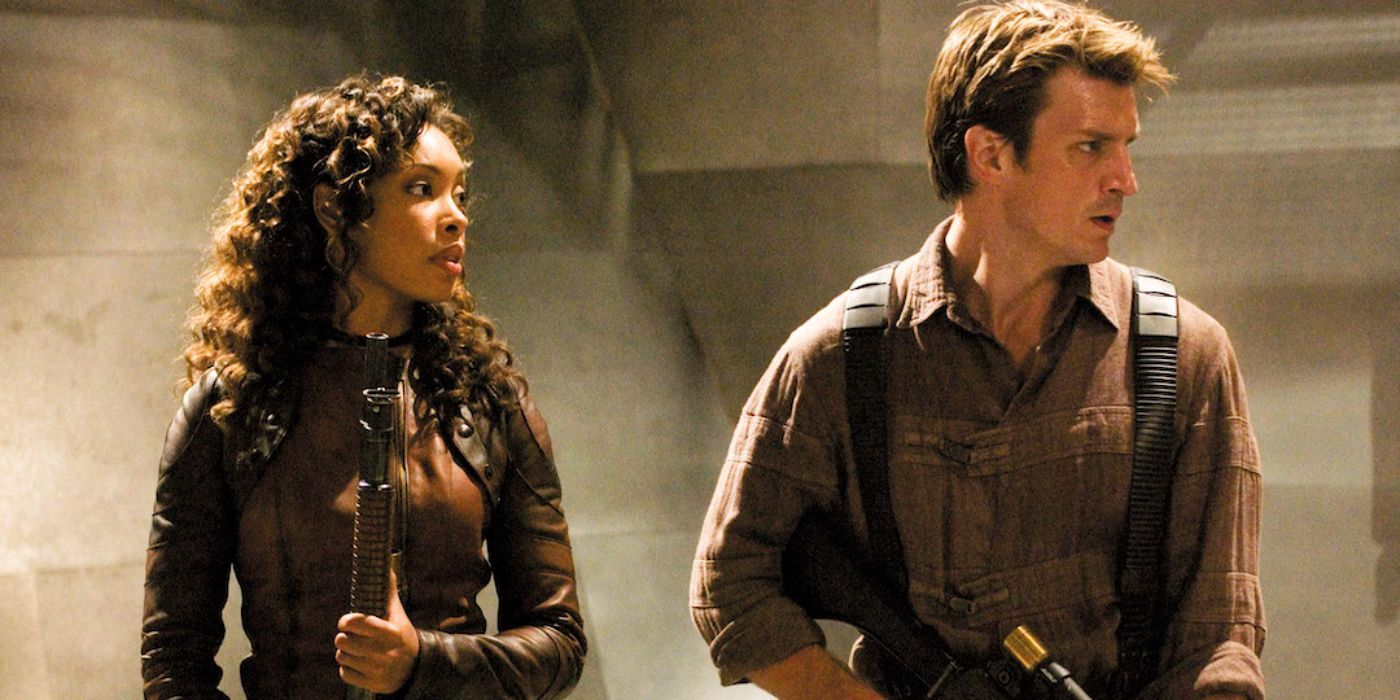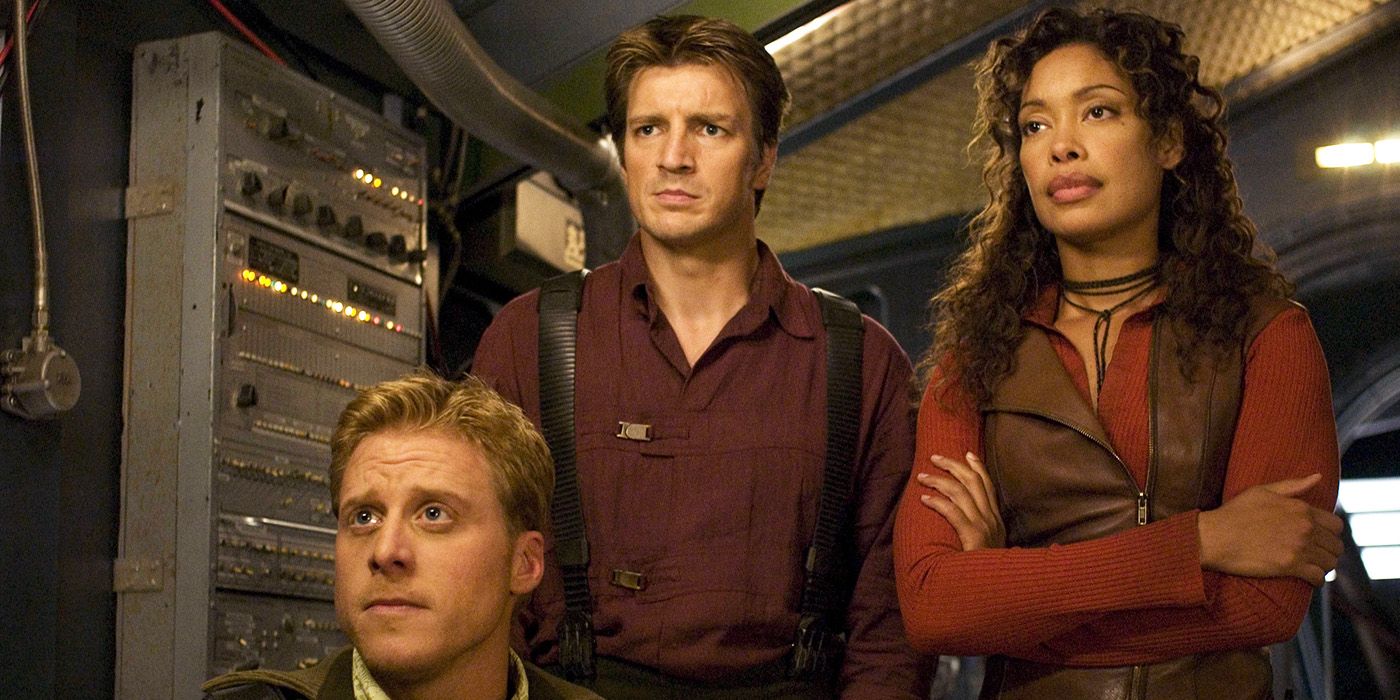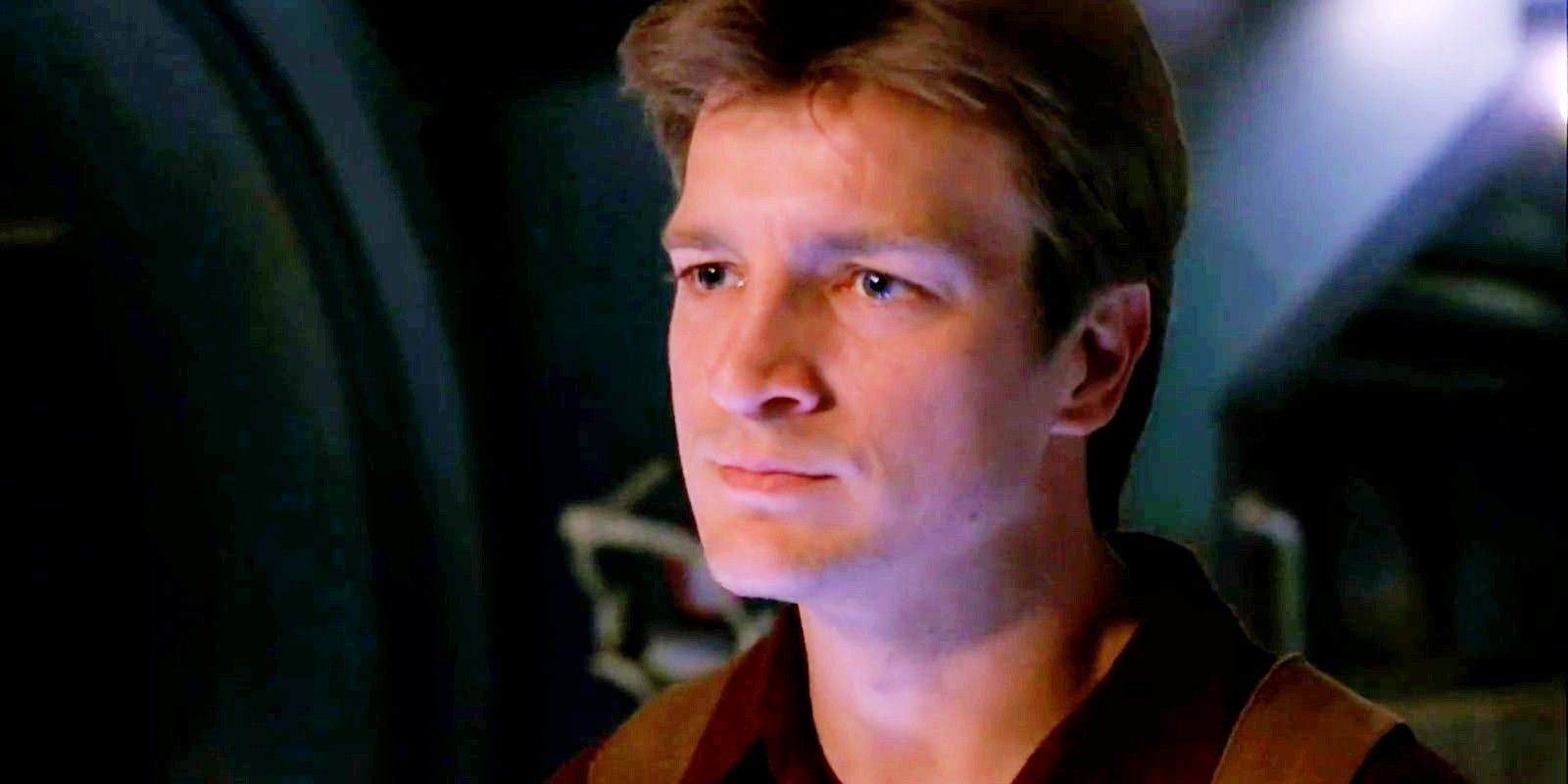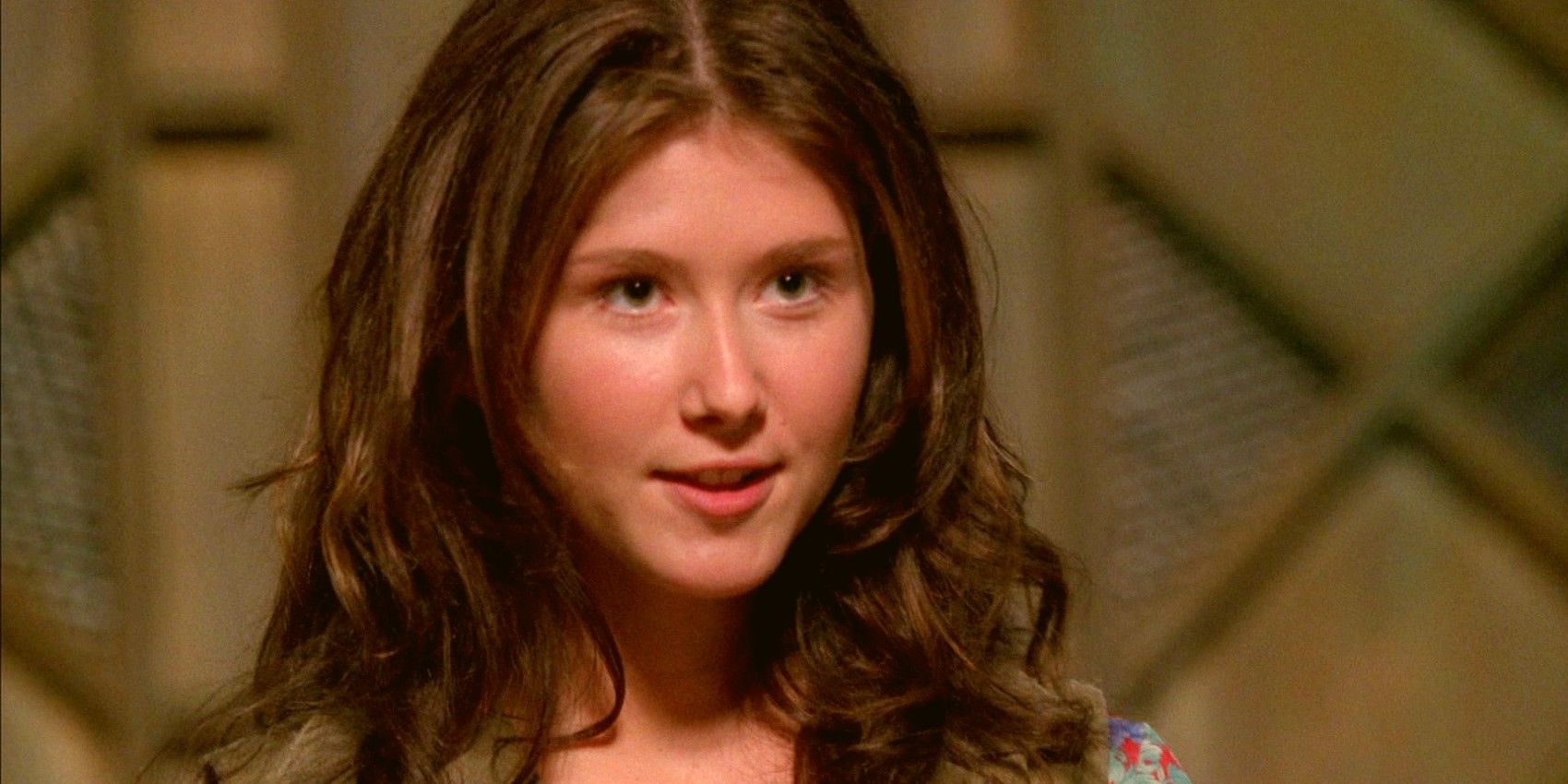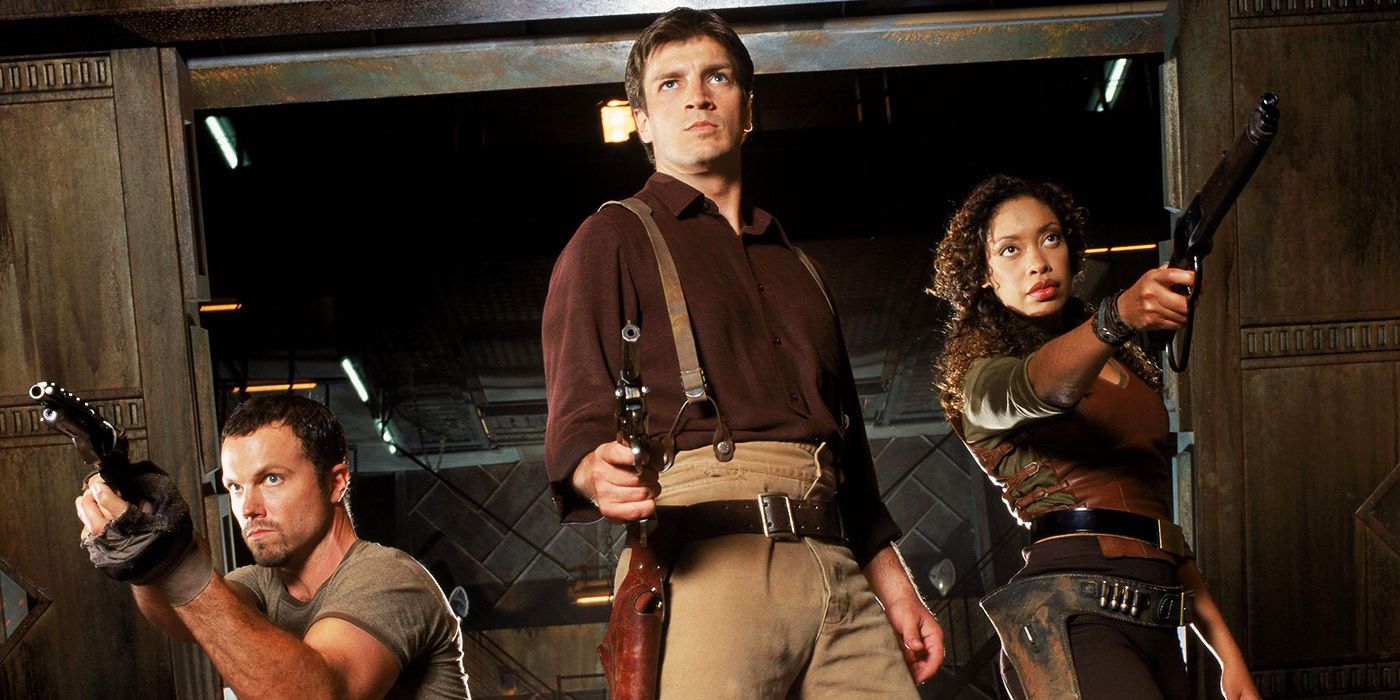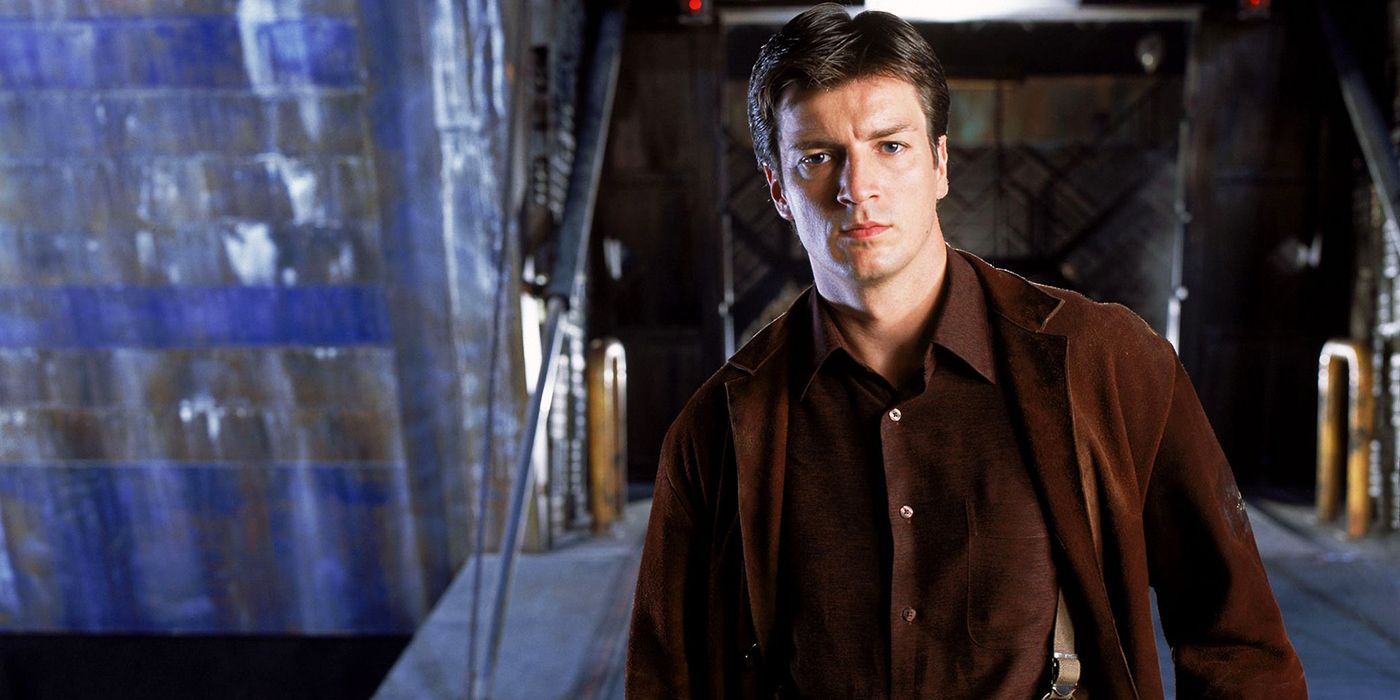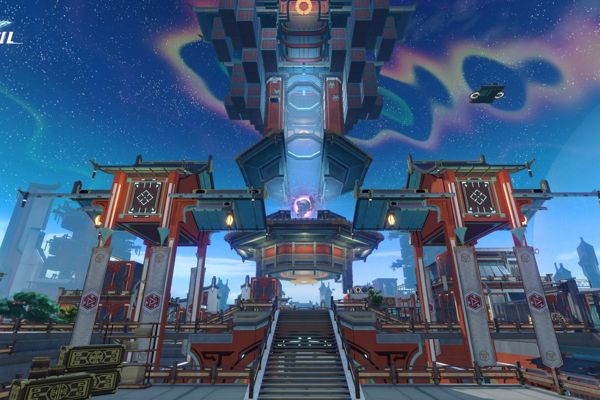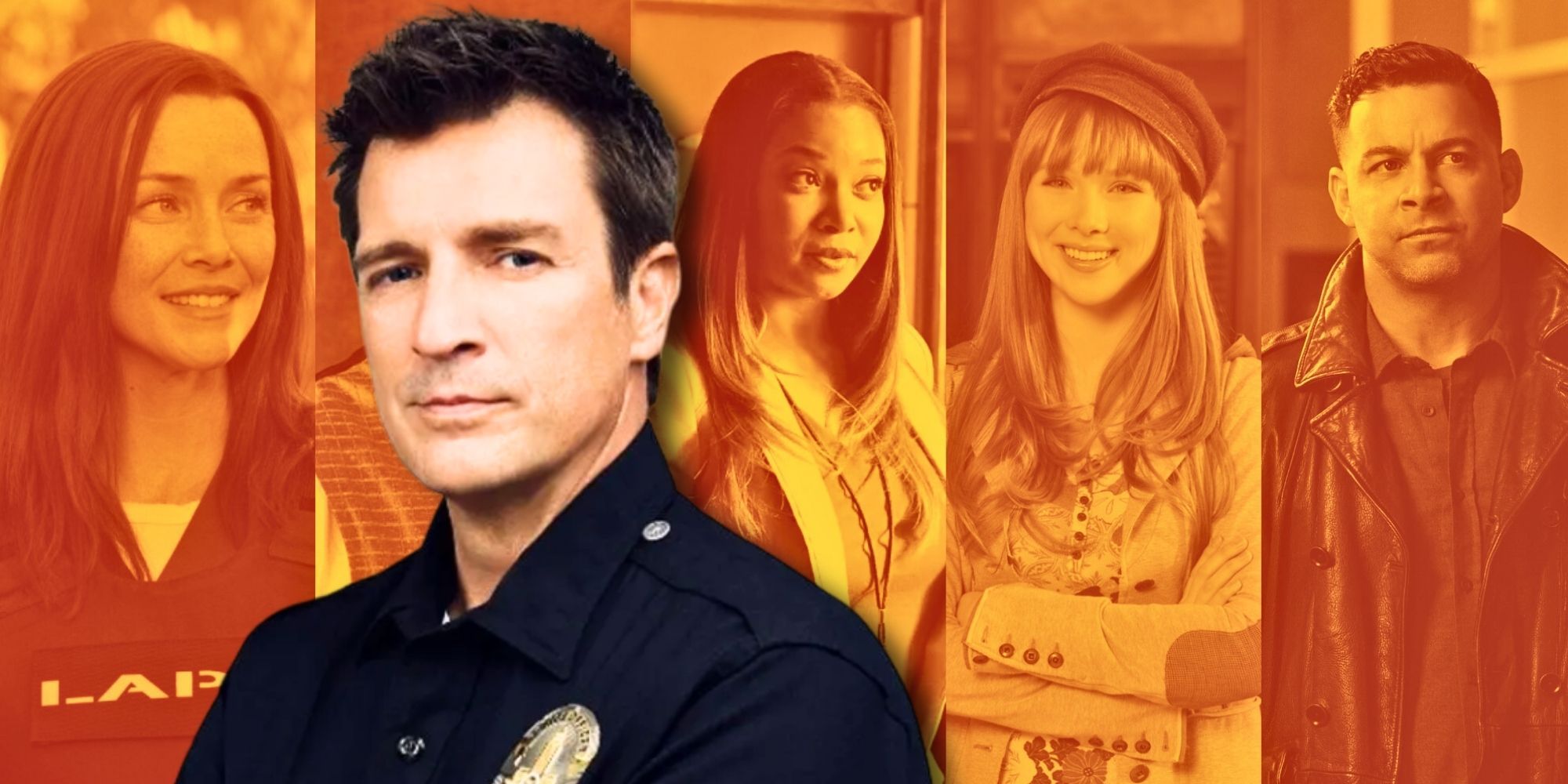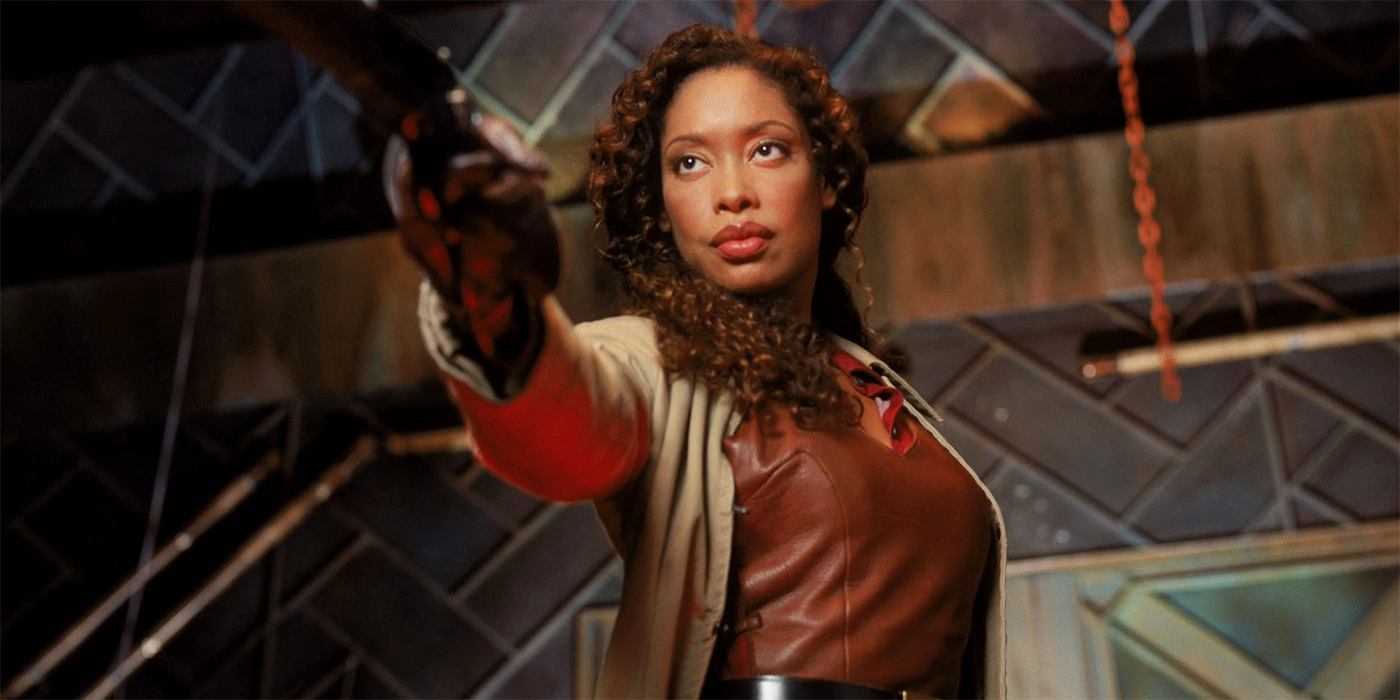
The Phenomenon of Firefly
The sole season of Firefly proved an intense hit with certain groups, but there's a reason why Serenity, the follow-up movie, did so poorly at the box office. Firefly's fanbase materialized overnight when it debuted in 2002, with the Western/Space Opera hybrid proving to be an effective hook for adventurous audiences. The show had its dedicated fans, but some just didn't couldn't get on board with the blend of genres. As a result, Firefly got the news it was being canceled even before all of its episodes had aired. The show ended with loose ends, making it one of many canceled TV shows fans refuse to let go of.
Gina Torres and Nathan Fillion on Firefly
Soon after Firefly was canceled, the passion for the show brought about a movie set in the Firefly universe. Released in 2005, Serenity serves as a continuation of Firefly, serving as the story's true finale - something the original show hadn't been given the chance to put together. The title of the movie is a reference to the ship belonging to Nathan Fillion's character, Captain Malcolm Reynolds. Despite favorable reviews and a handful of awards, Serenity didn't meet its financial expectations at the box office and bombed badly. However, there's an understandable reason behind the failure of Joss Whedon's movie.
Wash Mal and Zoe looking concerned in the Serenity movie
Firefly may have had a dedicated fanbase, but that doesn't mean the size of its following was sufficient to make Serenity a box office smash. Passion is very different from quantity, and unfortunately, there just weren't enough people interested in seeing a movie based on a short-lived, canceled sci-fi show. Whedon and company were likely aware of the show's limited appeal and how this may have influenced the movie's success. Although Serenity did allow the events of Firefly to inform its narrative, the sequel movie was also made to be accessible to new audiences.
Nathan Fillion as Mal Reynolds in Firefly season 1 episode 1
The Calculated Risk of Serenity
Simply put, Whedon made it so that it was possible to watch Serenity without seeing all fourteen episodes of Firefly. It was a clever move and a very self-aware decision from the leader of the franchise. While it may have contributed to getting more people to see Serenity than would have done otherwise, the relative obscurity of the property as a whole ultimately meant the numbers just didn't add up.
Jewel Staite as Kaylee in Firefly episode 2
Moving a TV show into the world of movies is often a calculated risk. While the two industries are similar, they each have unique differences that mean the formula of one doesn't always carry over successfully to the other. For Serenity, it remains a surprise that the plan to make a movie after Firefly went ahead, despite the fans' need for closure. The decision becomes even more confusing when it's considered the brutal way in which the TV show met its end.
Jayne, Mal, and Zoe point their guns off-camera in Firefly
The Future of the Franchise
Firefly remains as popular today as it ever was, if not even more so. The TV show and ensuing movie have achieved the status of cult classics. The franchise has also spread into other forms of media such as graphic novels set at various points in Firefly's timeline. However, while the love for Firefly and Serenity still burns brightly among its fans, the franchise as a whole has been out of the public eye for far too long to warrant another movie. Any effort to make a sequel to Serenity would likely lead to the resulting movie crashing and burning in the same way as its predecessor.
Nathan Fillion as Mal Reynolds standing by a loading dock in Firefly
Firefly has an impressive reputation considering its rapid fall from grace. Trying to revive the franchise with another installment could negatively impact the legacy that Firefly and Serenity have carved out for themselves. As such, Joss Whedon would be wise not to attempt another Firefly comeback, and instead leave Serenity as the final on-screen installment of the beloved tale.
